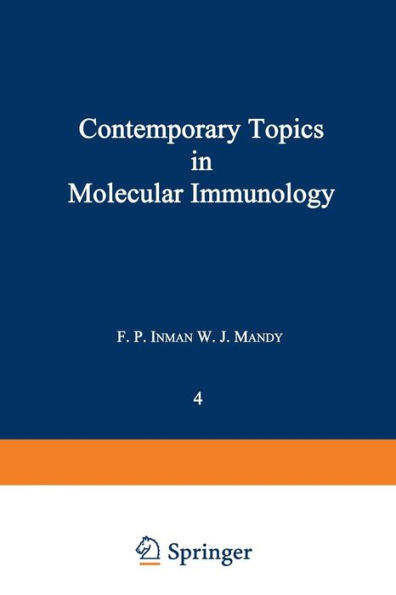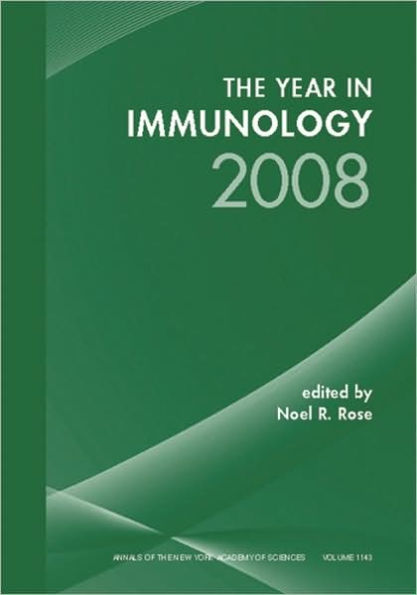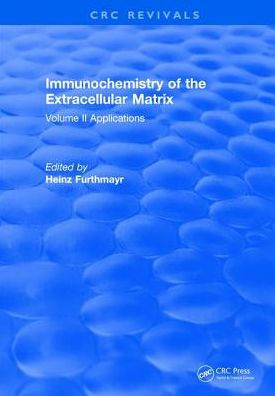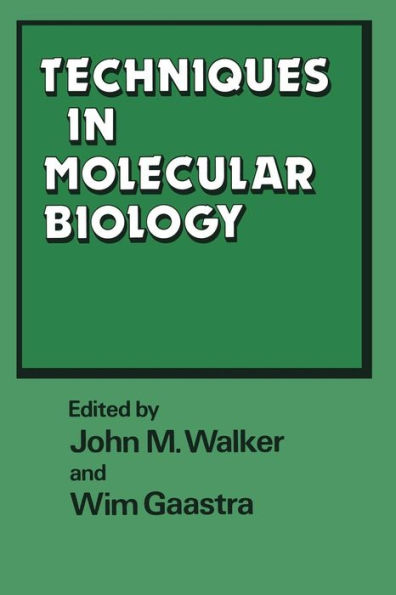Home
Contemporary Topics in Molecular Immunology: Volume 9
Loading Inventory...
Barnes and Noble
Contemporary Topics in Molecular Immunology: Volume 9
Current price: $54.99


Barnes and Noble
Contemporary Topics in Molecular Immunology: Volume 9
Current price: $54.99
Loading Inventory...
Size: OS
*Product Information may vary - to confirm product availability, pricing, and additional information please contact Barnes and Noble
recipients and acceptance of allografts can be made. The authors have the experi ence and ability to bridge the entire field of transplantation and their article encompasses both clinical and immunochemical data in this area. Their data show clearly that matches for the DR antigens are more important than those at the ABC loci in determination of graft survival. Additional relevant factors, in cluding autoimmunity and other B-cell antigens, are discussed and correlated with graft survival. The authors also present pathology data concerning the distribution of HLA-DR antigens in various tissues. These data indicate a fruitful area for future investigations on the chemical aspects of the various antigens encoded within the human MHC. Do changes in the structure of lymphocyte surface glycoproteins, especially changes in their carbohydrate portions, occur during normal lymphoid differen tiation? Information about this question is limited, and pertinent data are avail able for only a few proteins. Three of the proteins are major glycoprotein con stituents of rodent thymocyte membranes: the Thy-! antigen, a glycosylated leukocyte sialoglycoprotein called W3/13, and a high-molecular-weight glycoprotein known as the leukocyte-common antigen. In his contribution, Pink thor oughly characterizes these glycoproteins and discusses the evidence that the structures change when a thymocyte differentiates into a mature, peripheral T cell. A comparison is drawn between lymphocyte glycoprotein changes and those that occur during red blood cell differentiation. The reader will find Pink's discourse informative and provocative. Mast cells, basophils, and related tumor lines bind IgE with very high affinity.


















